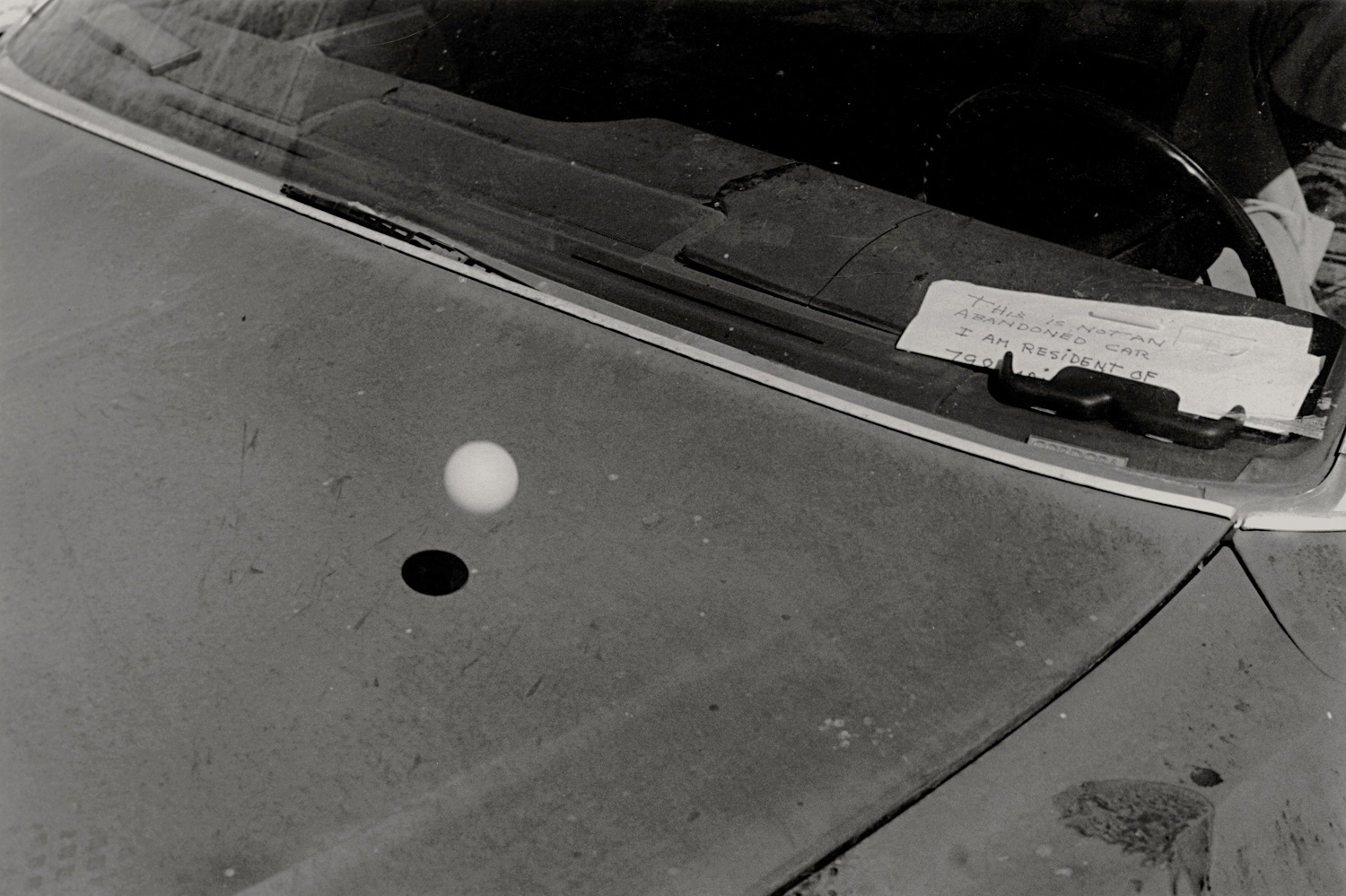
Photographer Robin Maddock spent a couple of years walking around California with a 35 mm camera and black and white film, shooting three things: a ping pong ball, a blank sheet of white paper and spilled milk. The resulting images in his third book, iii, are playfully elegant one-liners about seeing and being.
Magnum photographer Martin Parr has described Maddock’s work as “surreal and individual. He has the enviable ability to turn nothing much into something quite profound.”
Parr was then writing about Maddock’s second book, God Forgotten Face: a personal, social, and economic narrative about everyday life in Plymouth, England. Rough and rebuilding itself since being devastated in World War II, Plymouth is a town Maddock knows well. His father grew up there and Maddock visited often from Singapore (where he grew up), but he still describes the city as alienating. Thankfully though, in God Forgotten Face, as he (and we) spend more time in Plymouth, dusty and stagnant encounters—passersby on the street, couples sitting on benches, birds perched on rooftops, sprawling sunbathers, outdoor diners—give rise to shimmers of humor and brilliance.
From Maddock’s point of view, it seems that everything—even a ping pong ball, pieces of paper and a puddle of milk—can be something. From California’s luminosity and reciprocal shadows, new and never-ending narratives appear as we follow the small sphere, blank square, and amorphous silver spill down winding streets, busy intersections, and driveways: the public phone that’s now forever off the hook; foliage persistently pressing over, under, and penetrating concrete; iced coffee that’s increasingly turning into tanned and lukewarm water. Ever kinetic, the ping pong ball and paper, too, take on lives of their own.
Occasionally Maddock inserts his own shadow into the images, recalling Lee Friedlander, who said of that exercise: “At first, my presence in my photos was fascinating and disturbing. But as time passed and I was more a part of other ideas in my photos, I was able to add a giggle to those feelings.”
This way of looking at the world, first through a camera, and then photographs, isn’t a process of disassociating. It’s an exercise in paying attention that can bring you closer to everything around you. And the closer you are, the more you’re forced to acknowledge and welcome how much you’re a part of all you see—the ugly, boring, brilliant, and the beautiful. The act of looking becomes more than receiving—it’s reciprocal. As Maddock says, “We have to get out there and be open to the world, as good moments don’t arrive by themselves, especially when you need them the most.”
British photographer Robin Maddock previous books are “Our Kids Are Going to Hell and God Forgotten Face.
Sara Distin is a writer and editor based in Boulder, Colo., and Brooklyn, N.Y. Follow her on Twitter @sldistin.
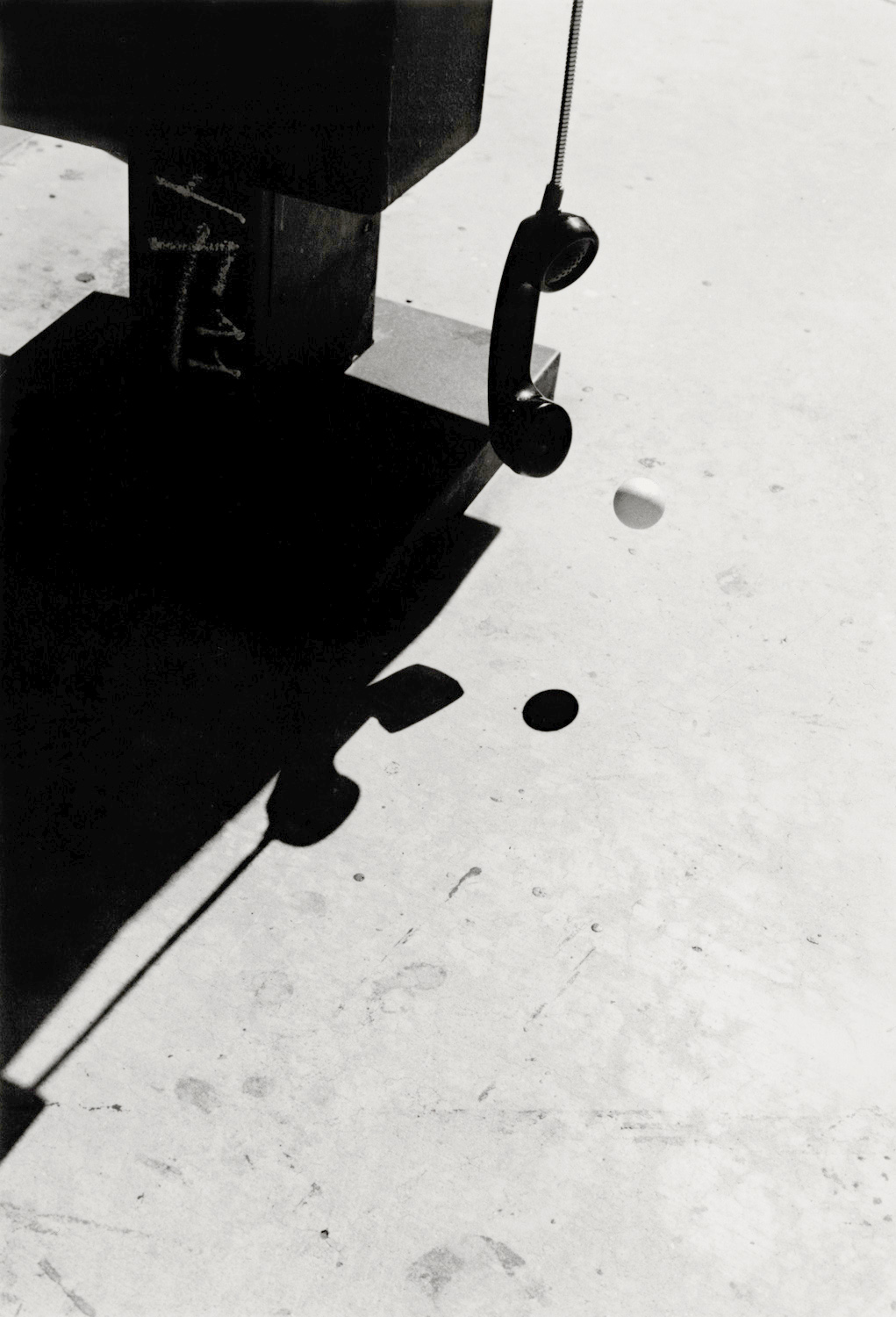
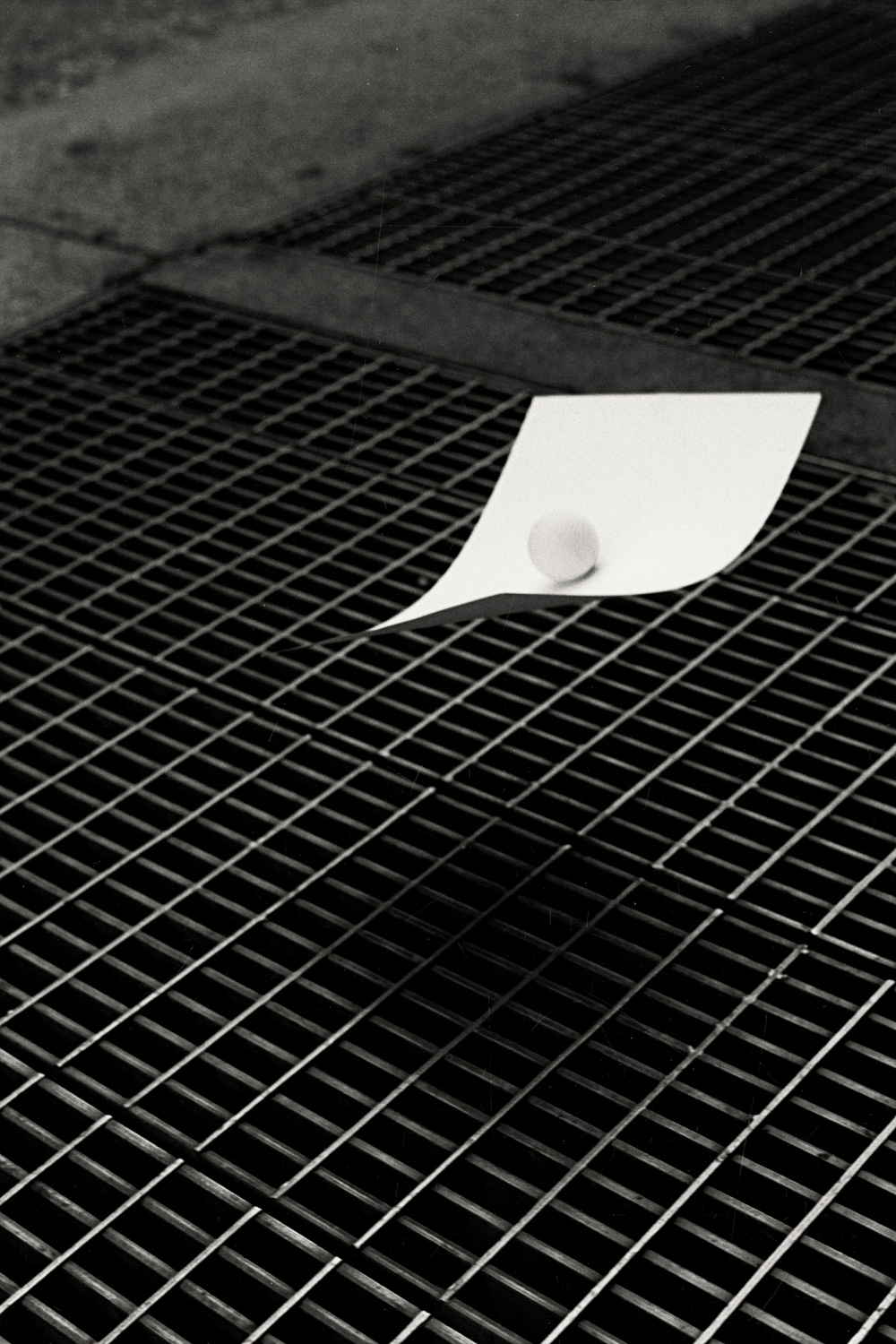
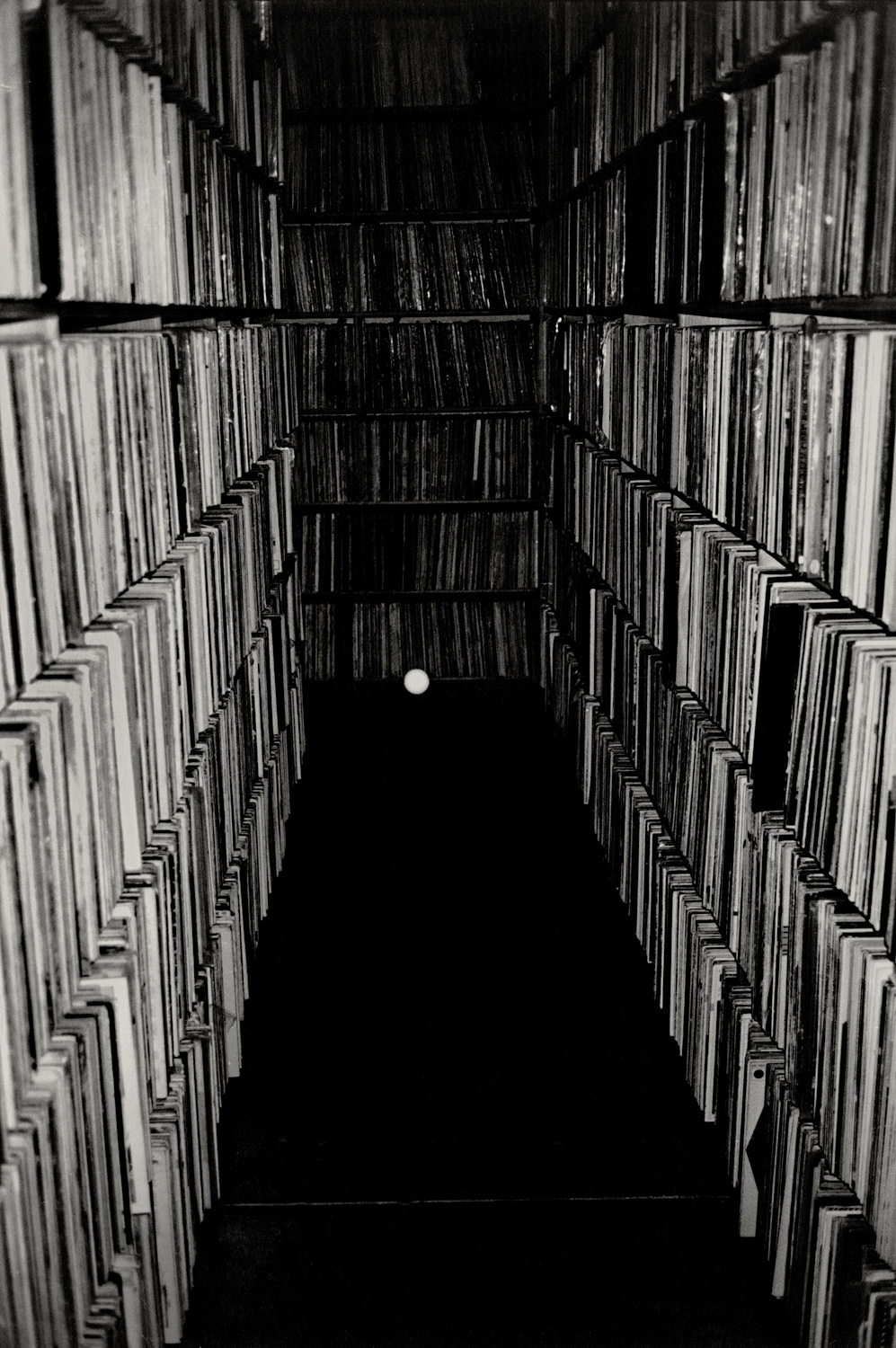
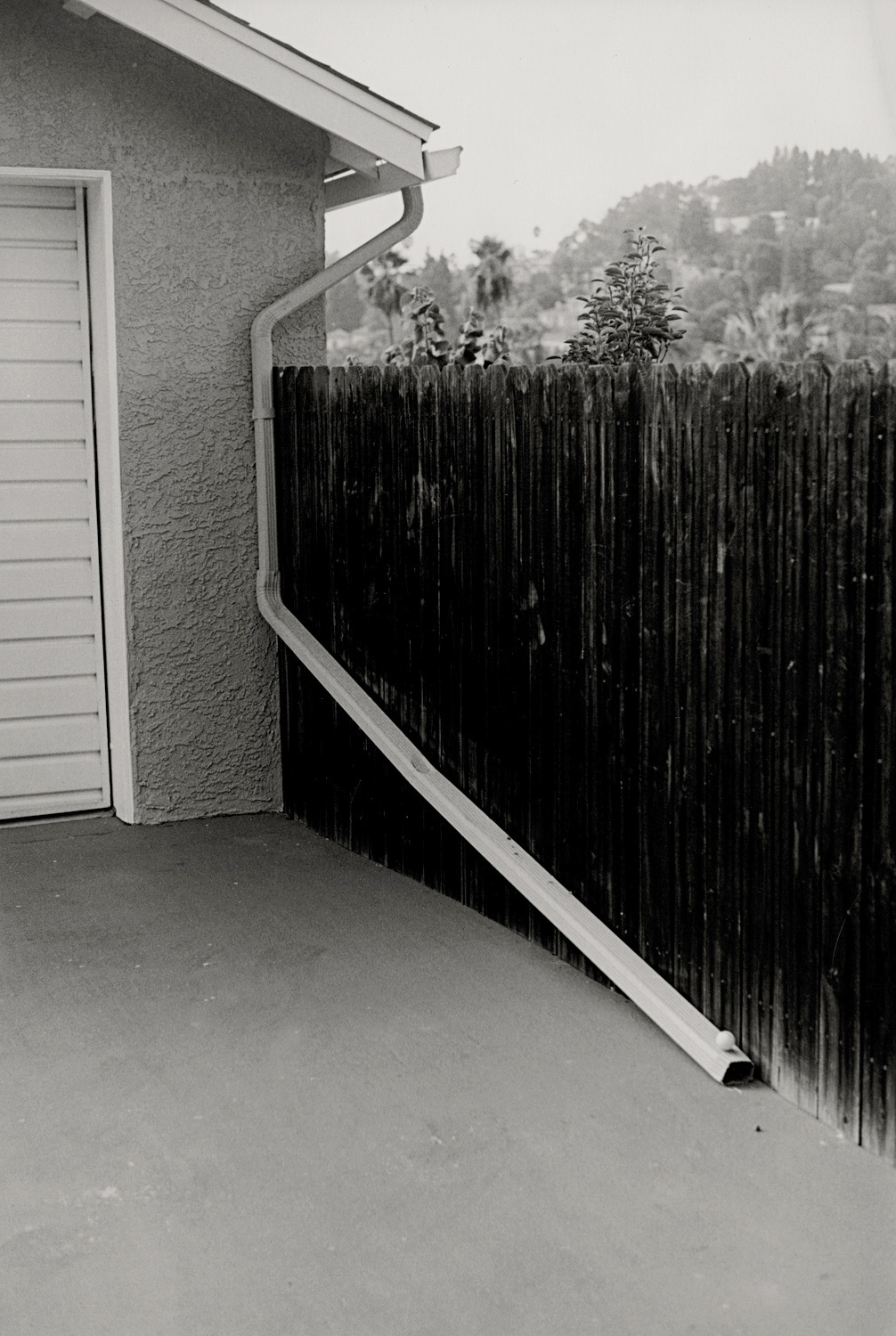
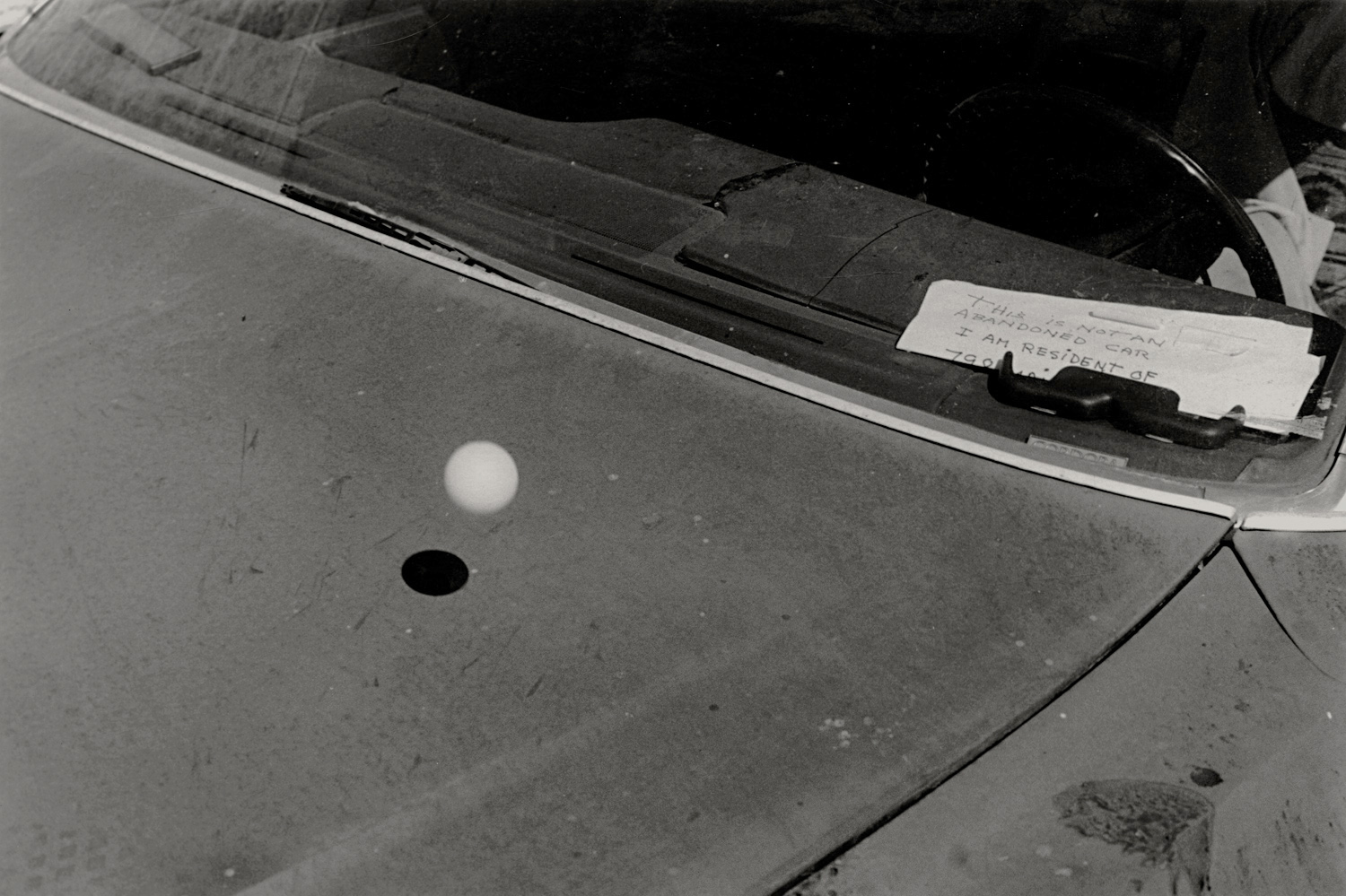
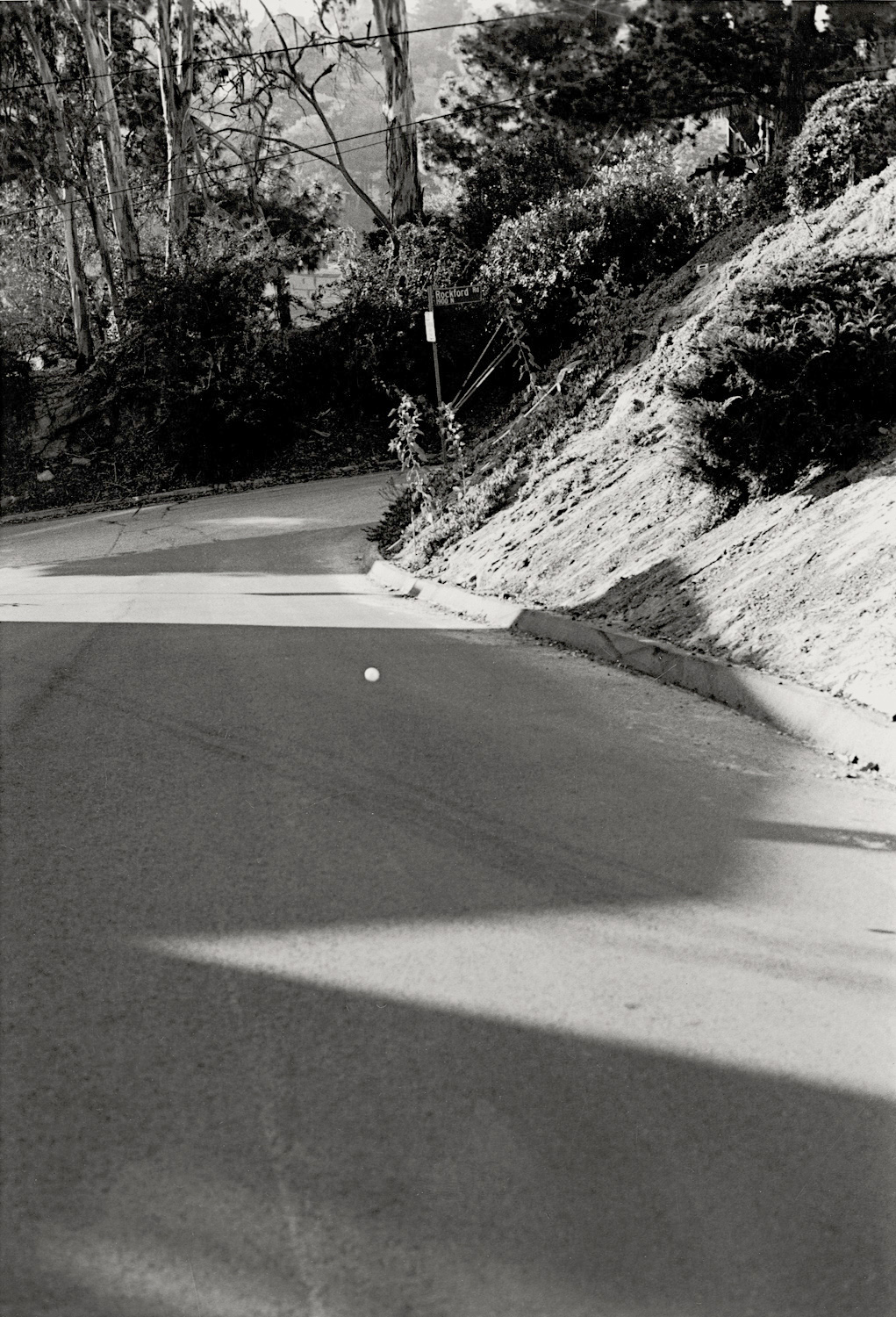
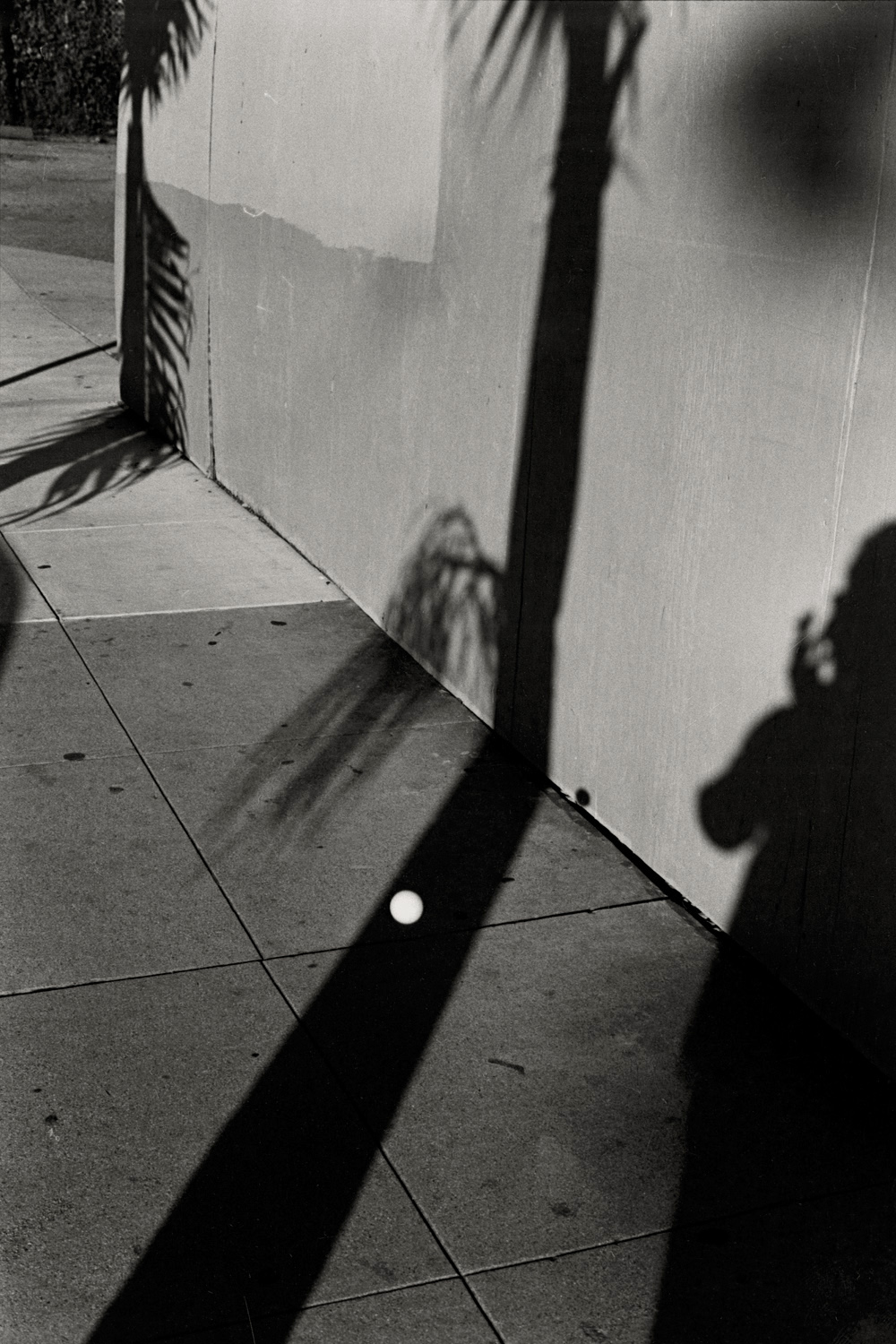
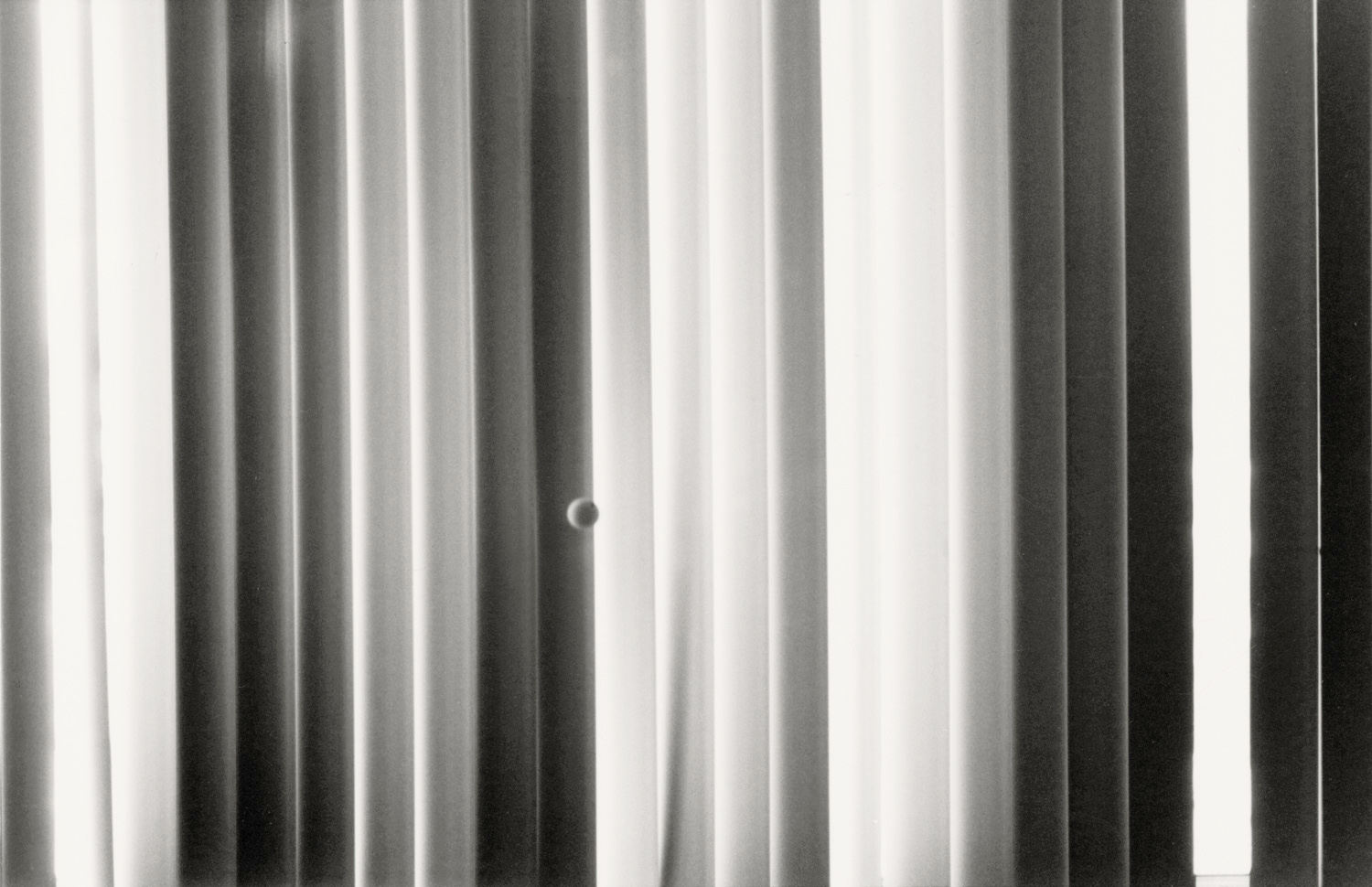
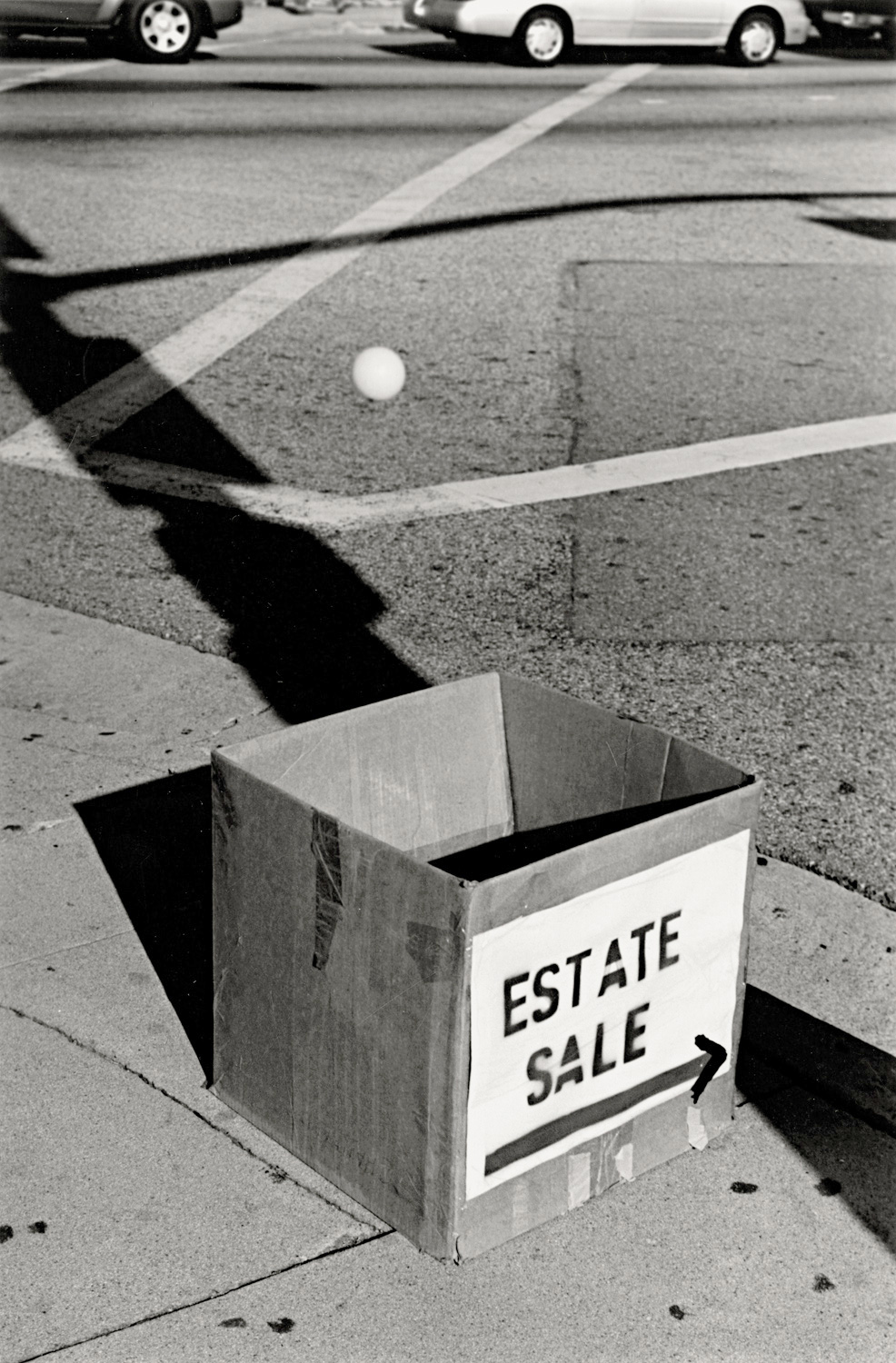
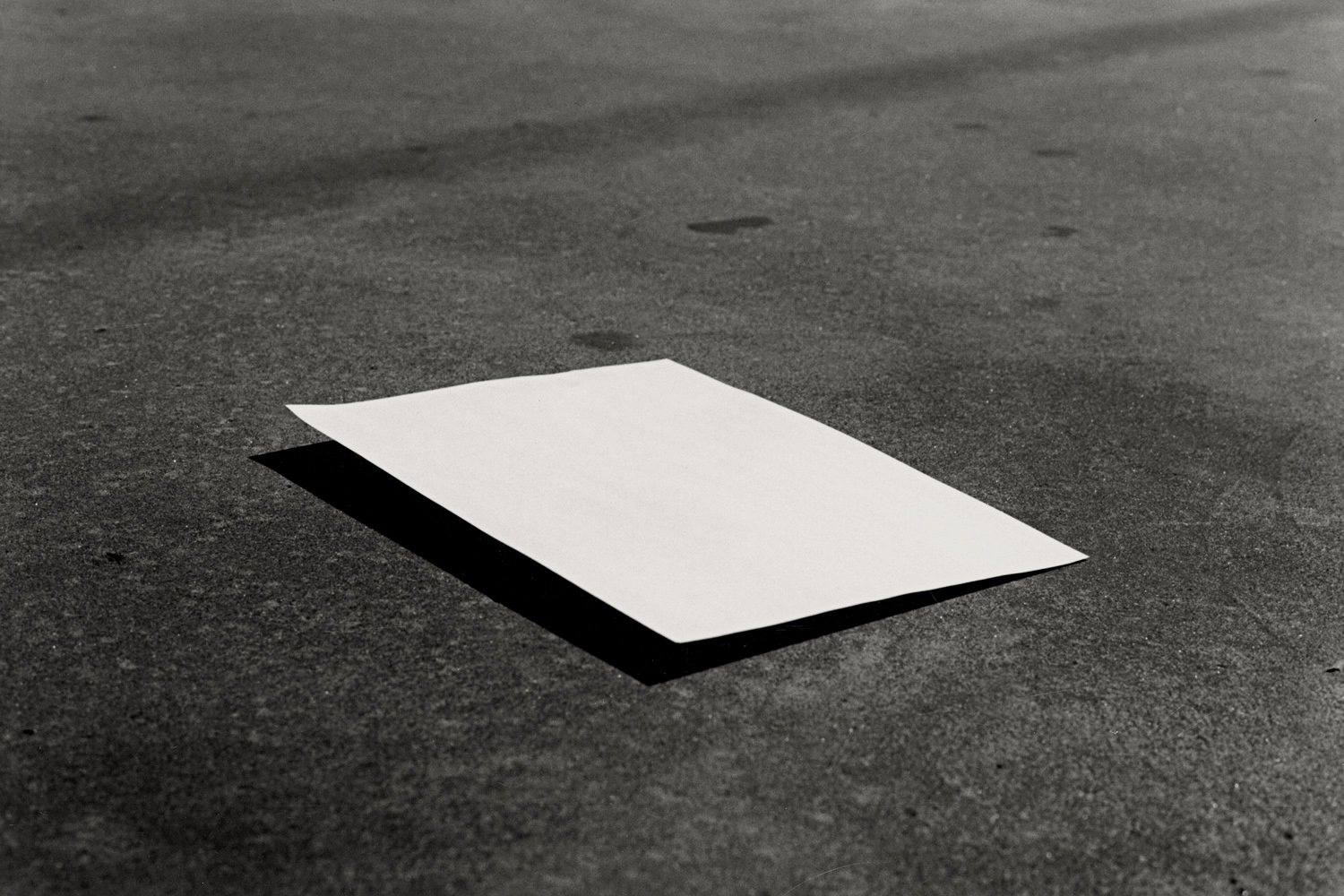
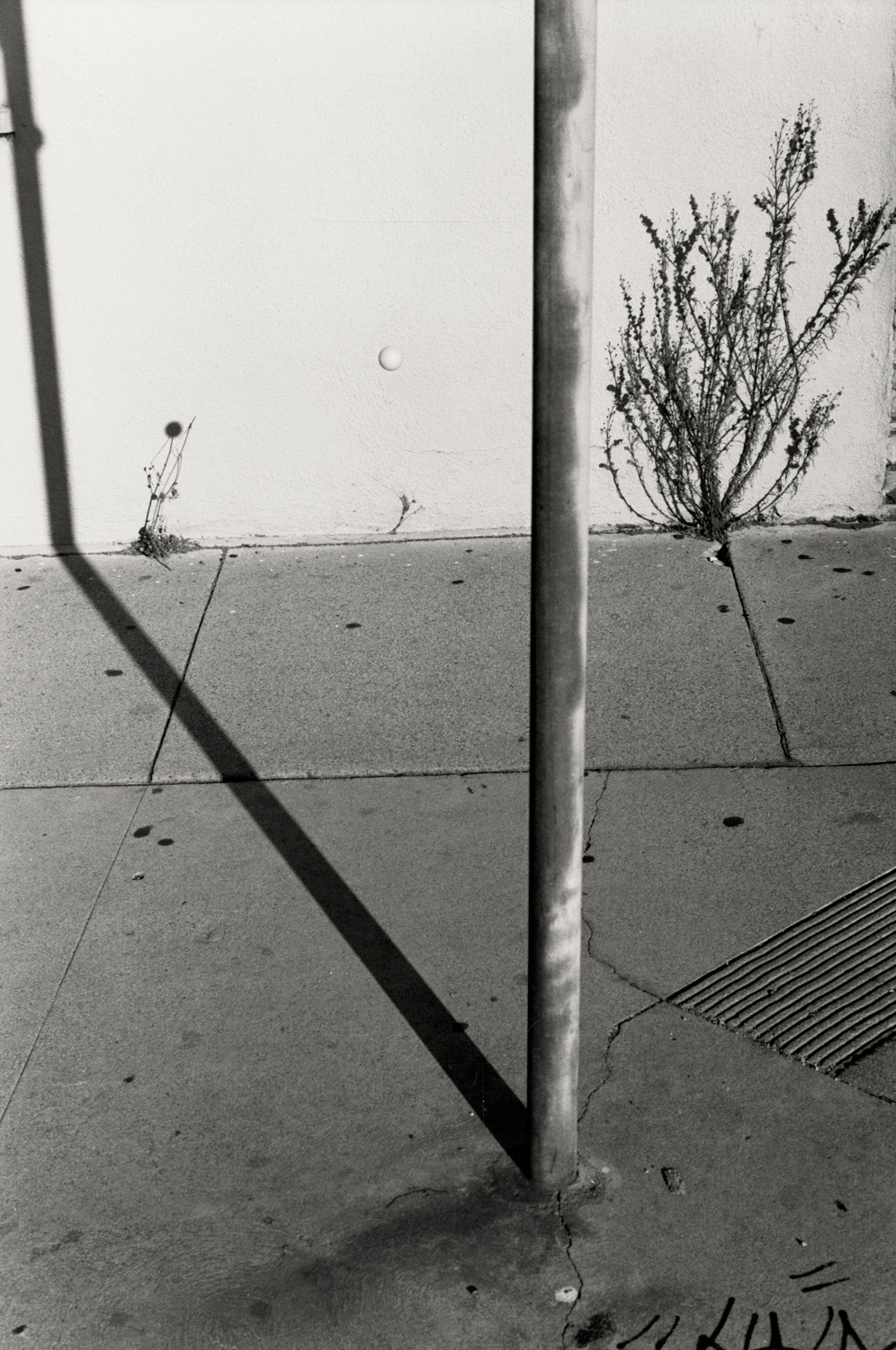
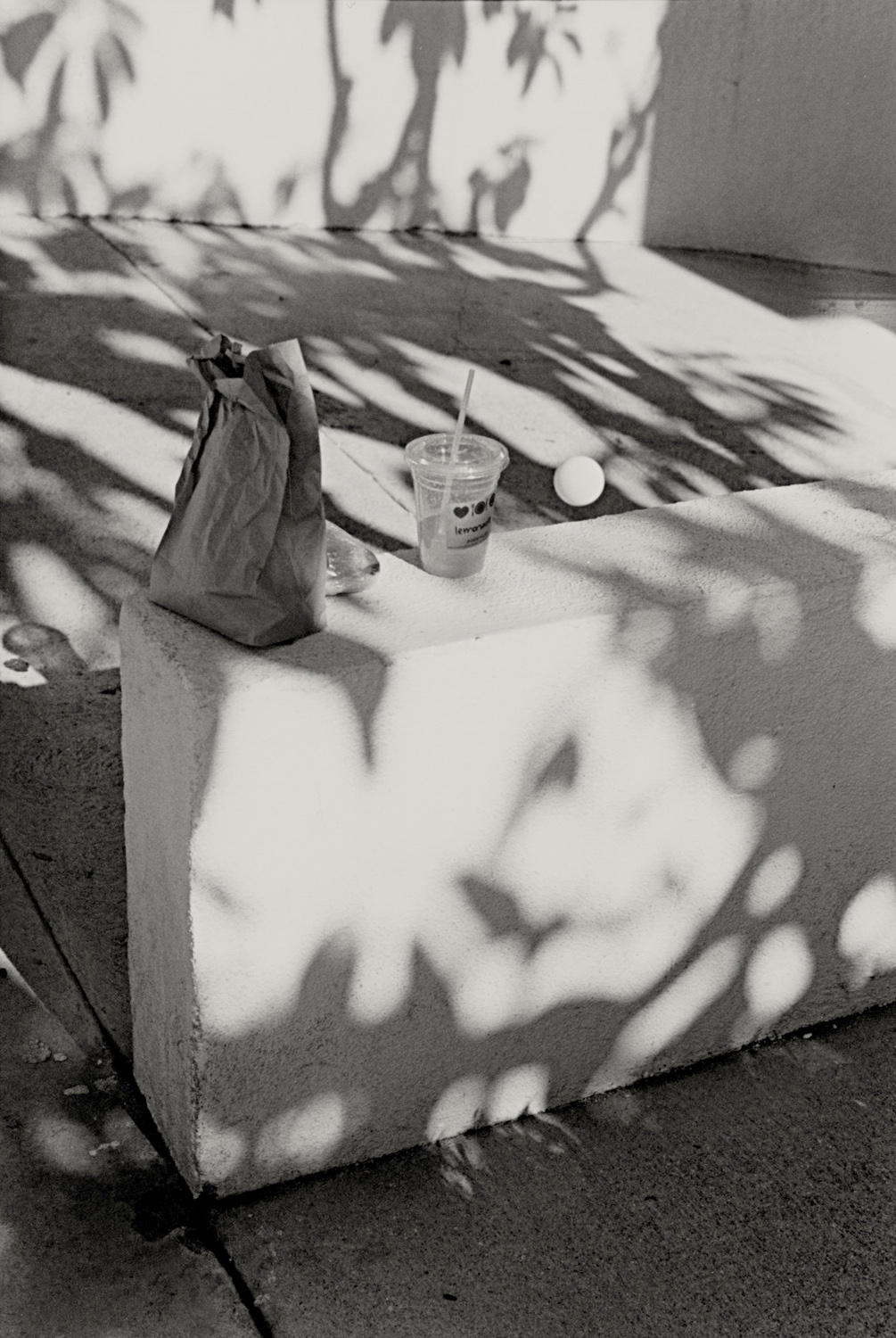
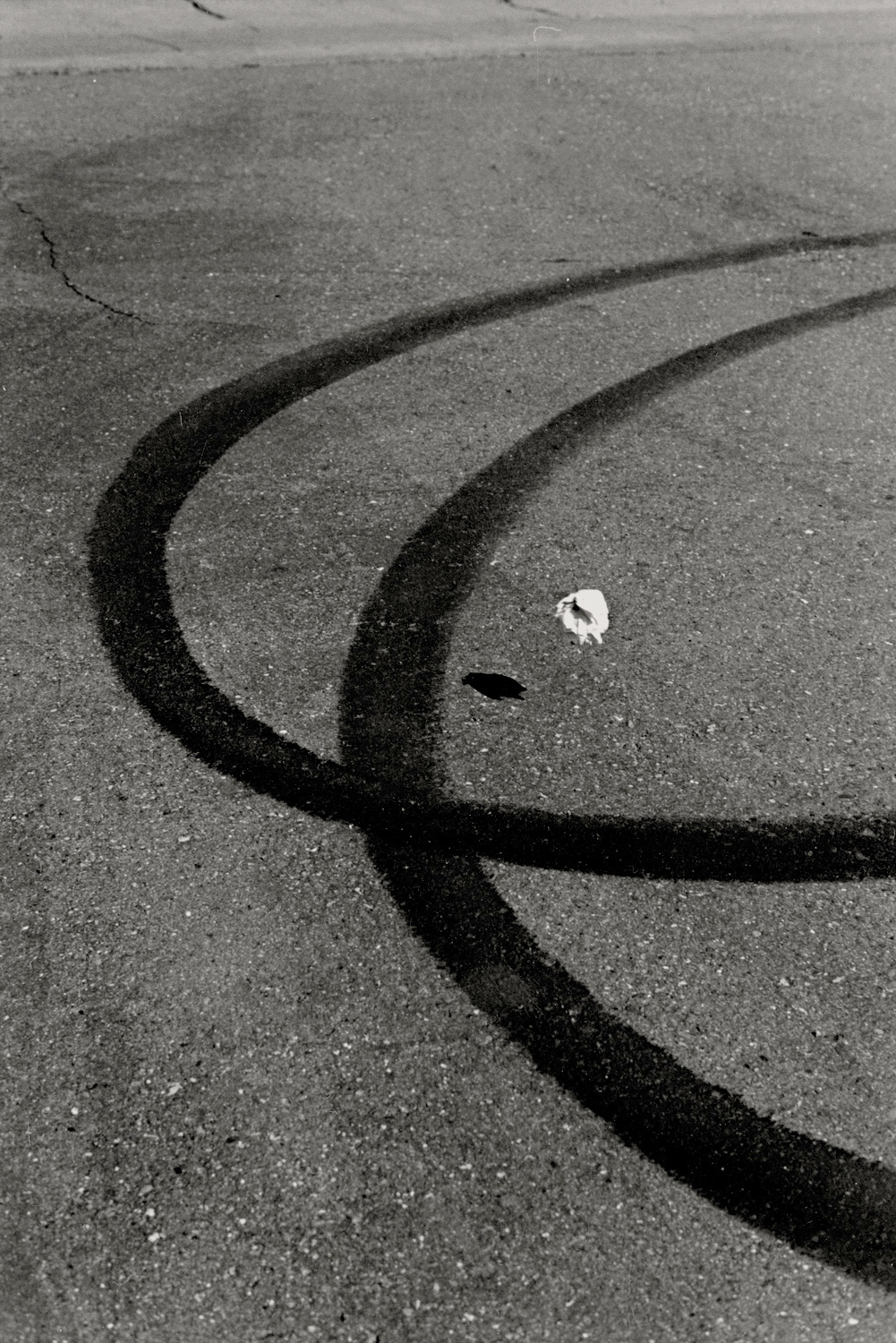
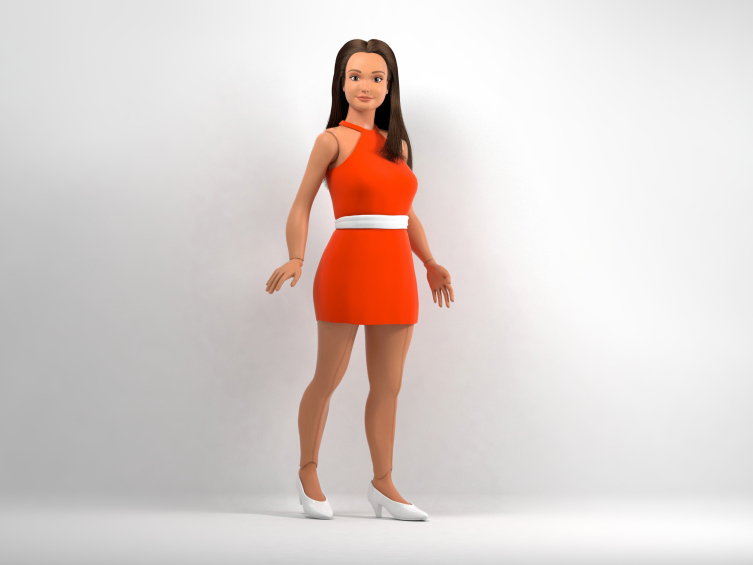
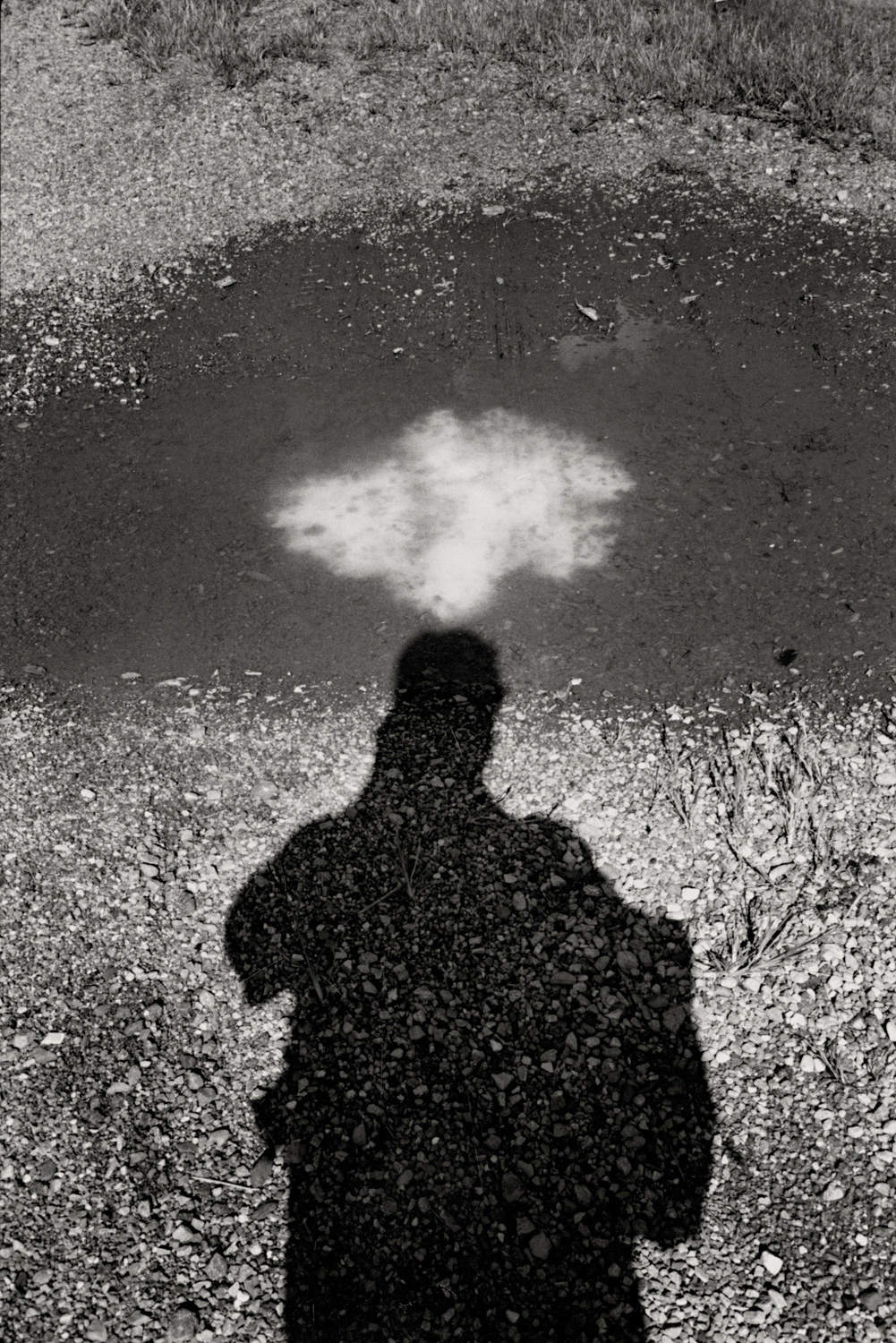
More Must-Reads From TIME
- The 100 Most Influential People of 2024
- Coco Gauff Is Playing for Herself Now
- Scenes From Pro-Palestinian Encampments Across U.S. Universities
- 6 Compliments That Land Every Time
- If You're Dating Right Now , You're Brave: Column
- The AI That Could Heal a Divided Internet
- Fallout Is a Brilliant Model for the Future of Video Game Adaptations
- Want Weekly Recs on What to Watch, Read, and More? Sign Up for Worth Your Time
Contact us at letters@time.com